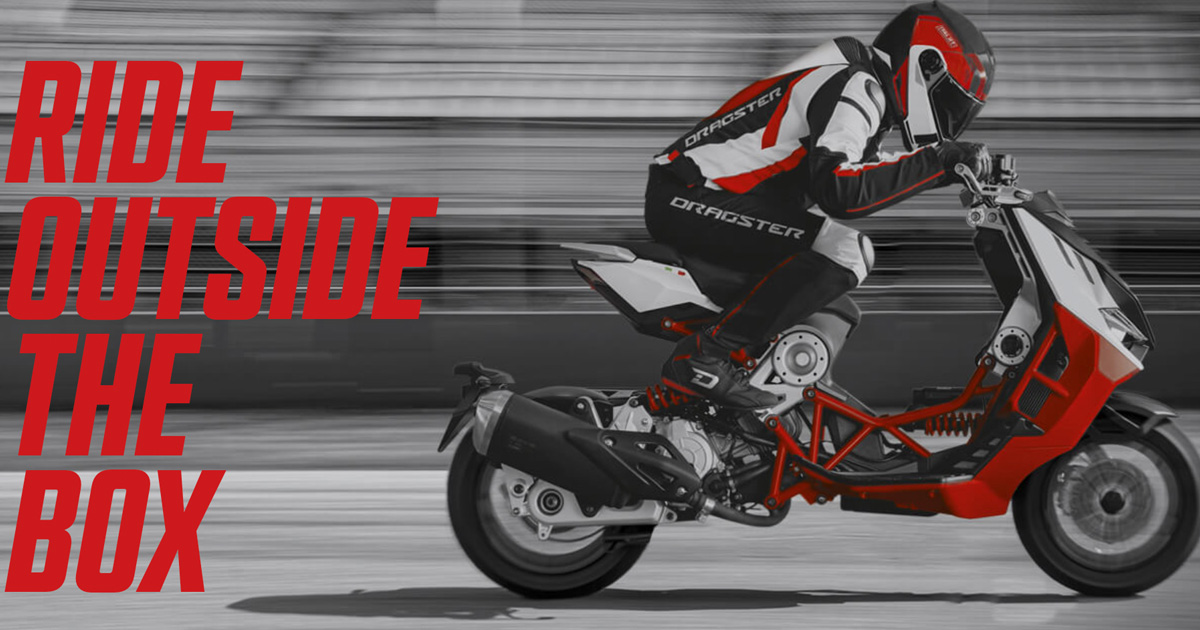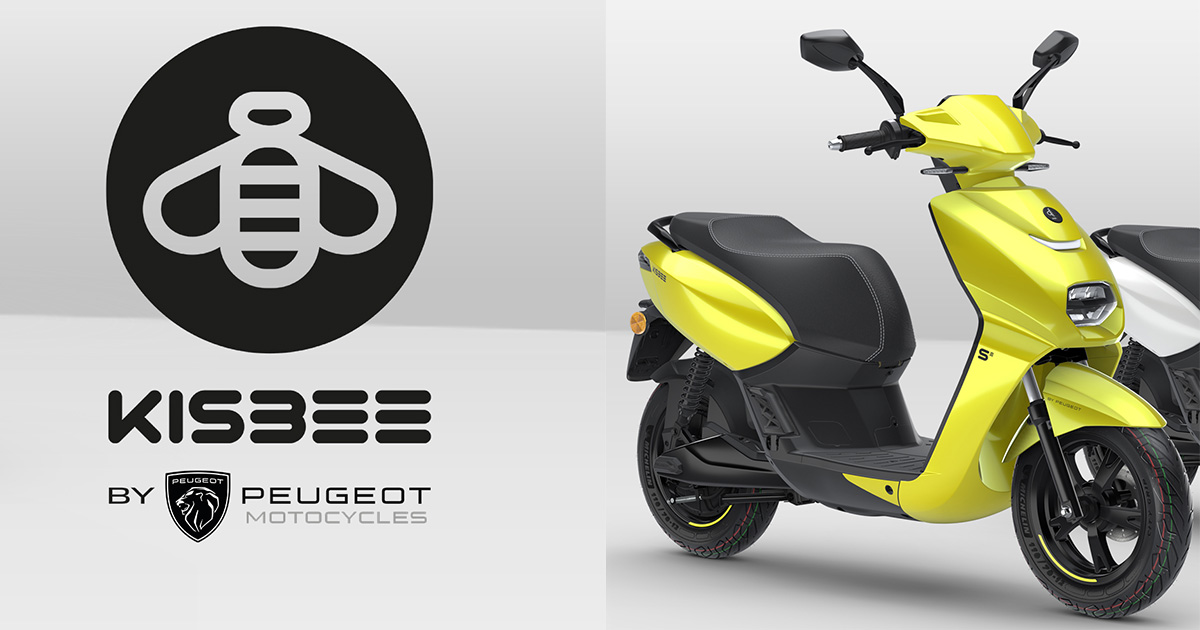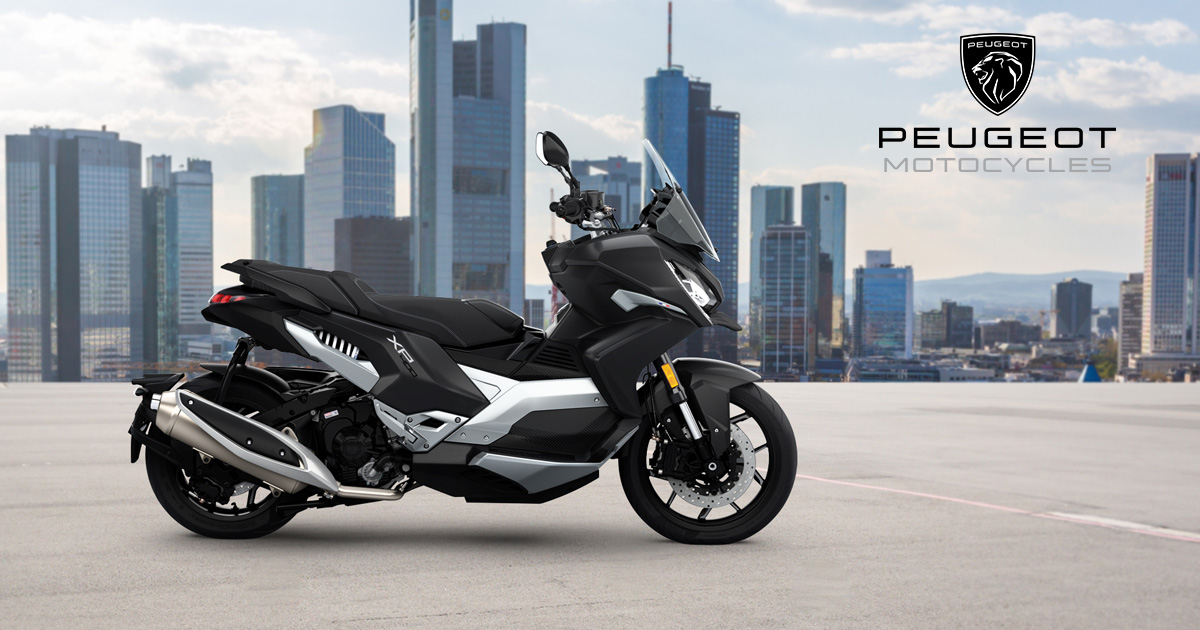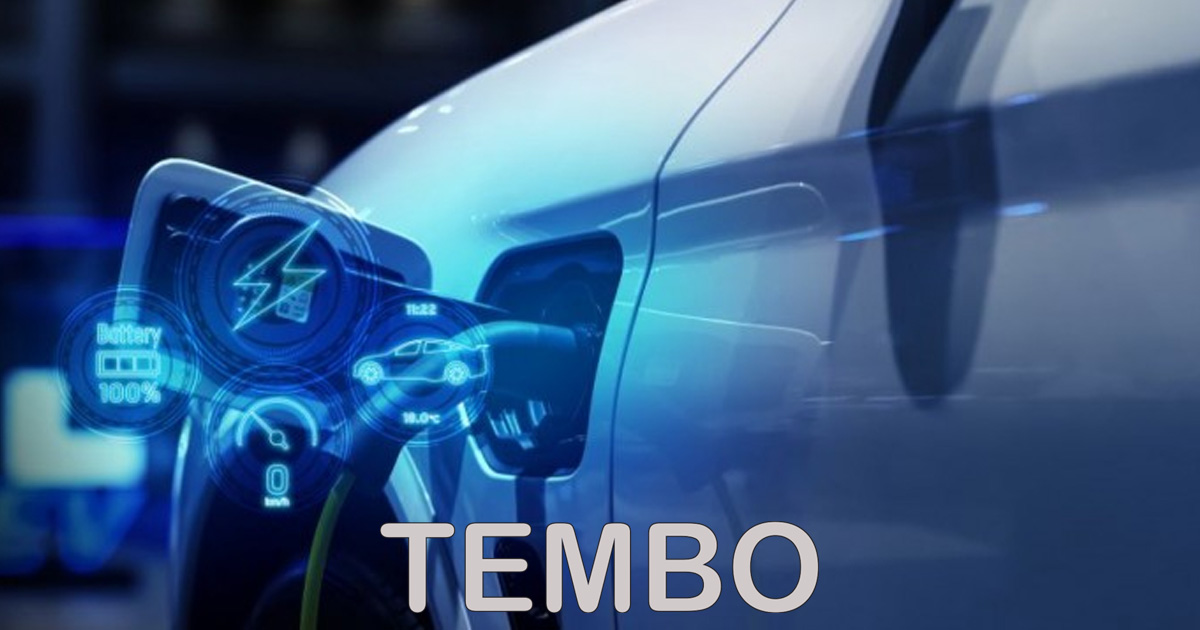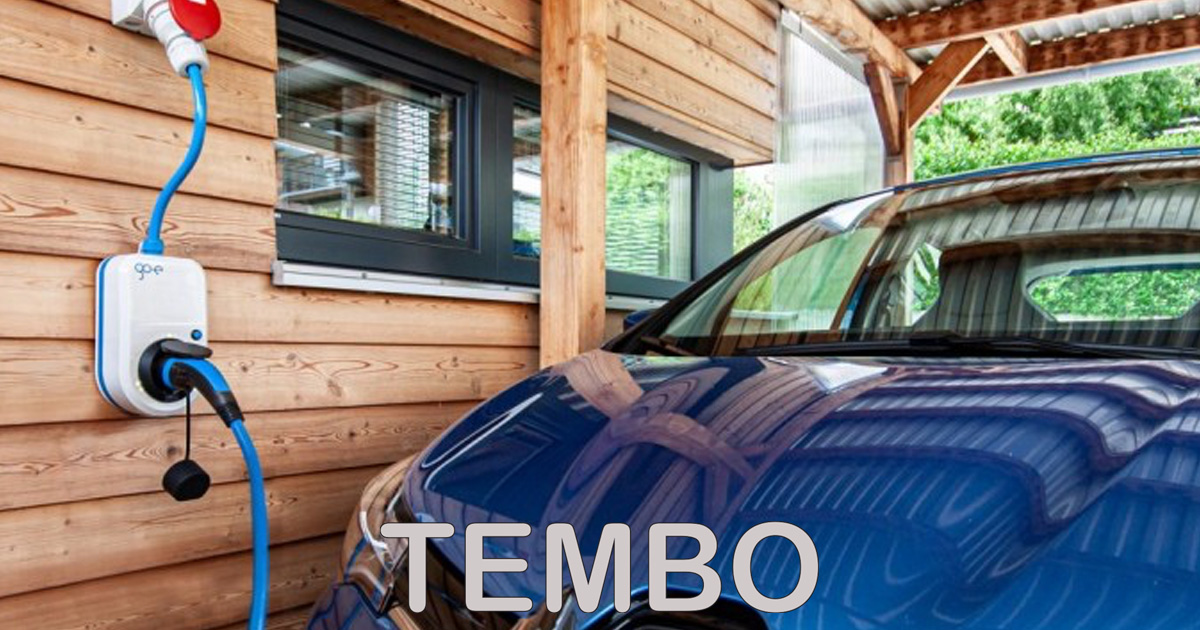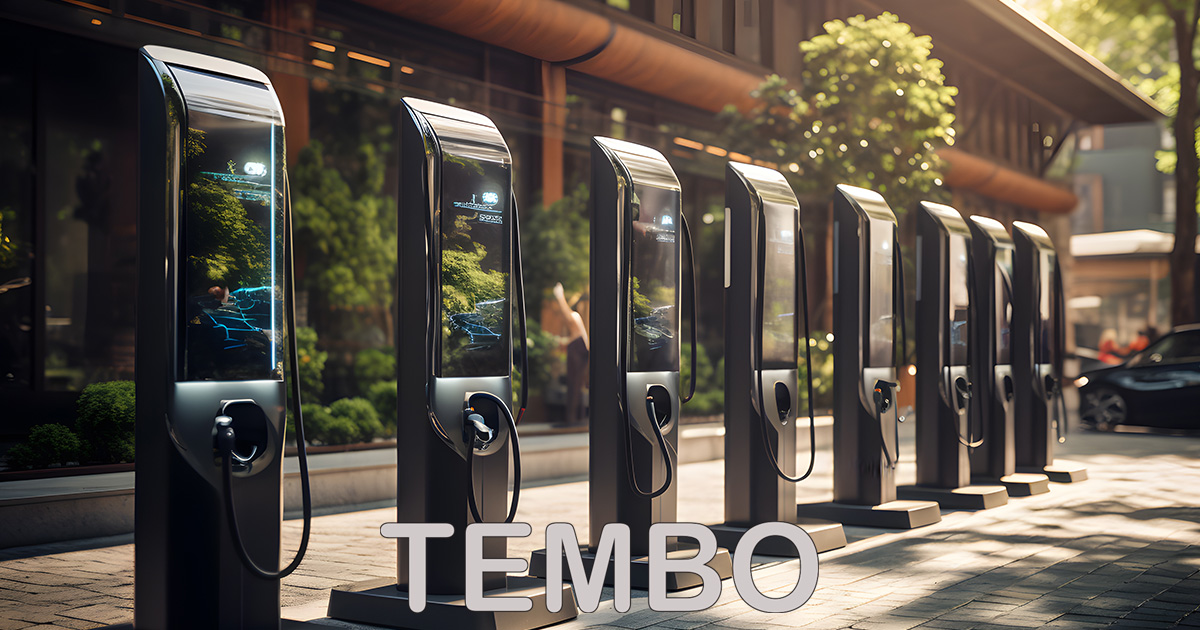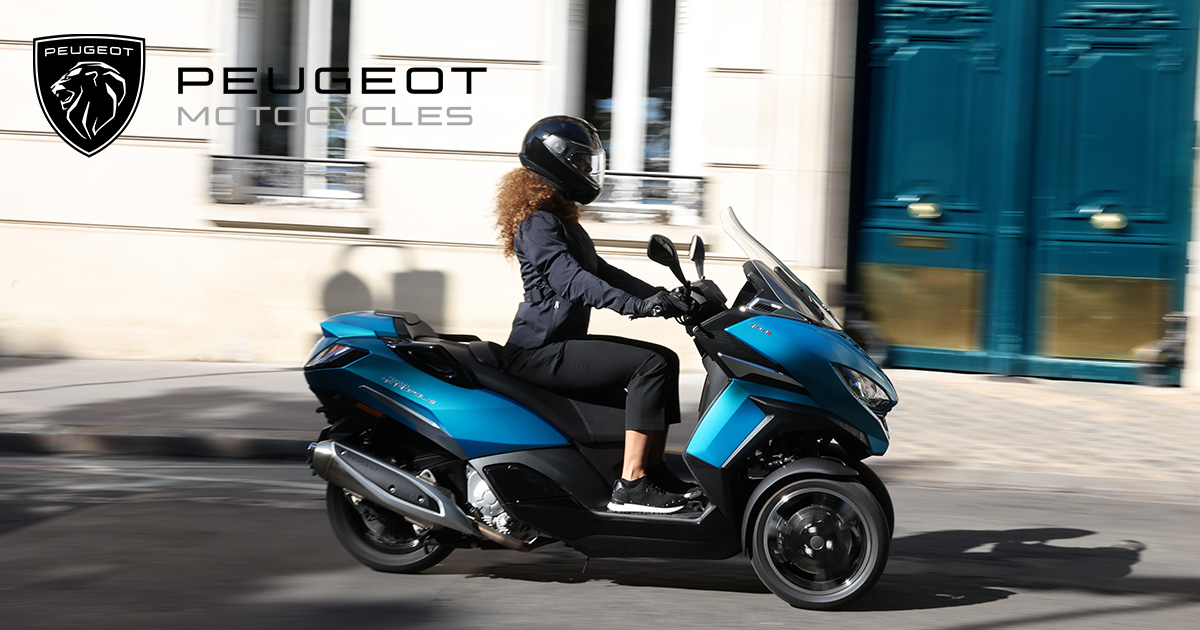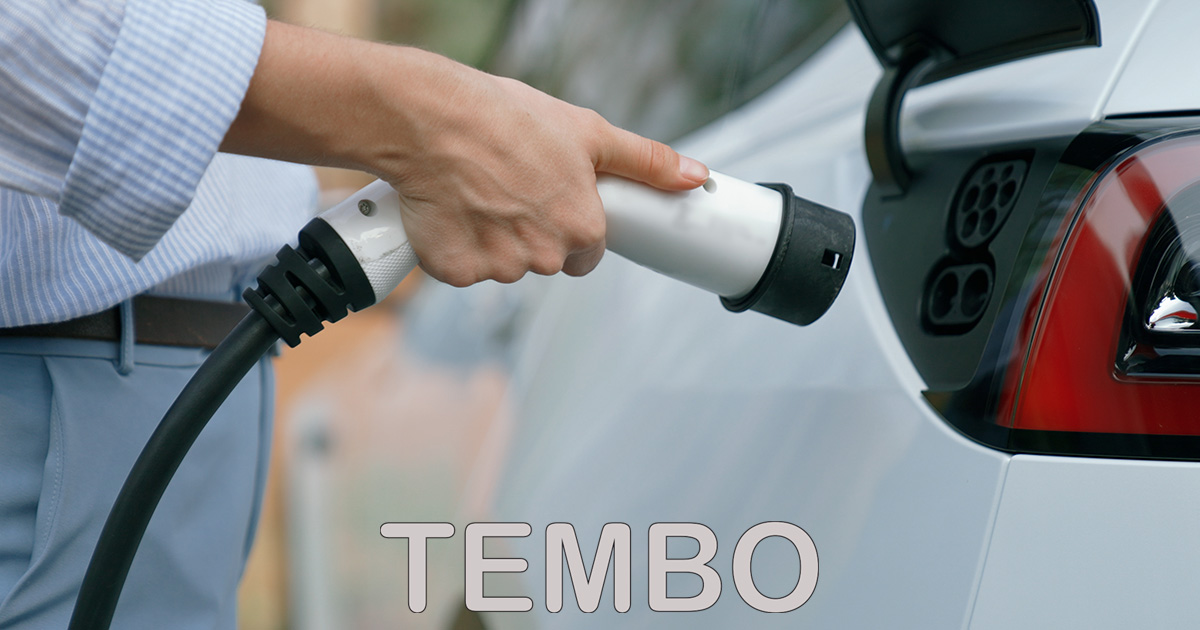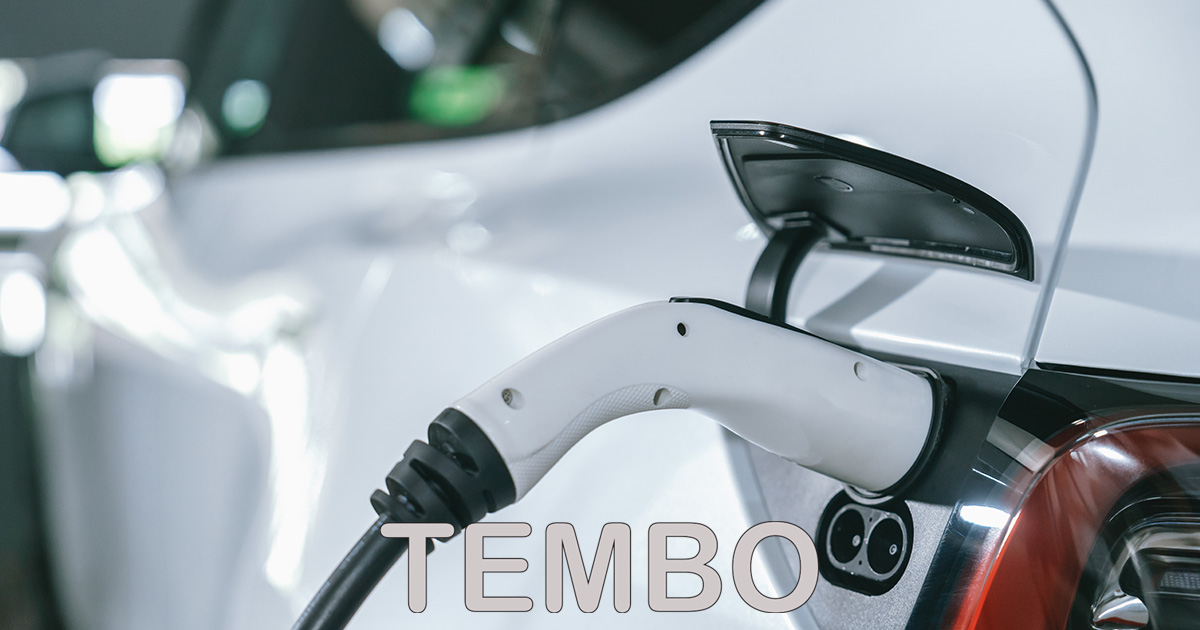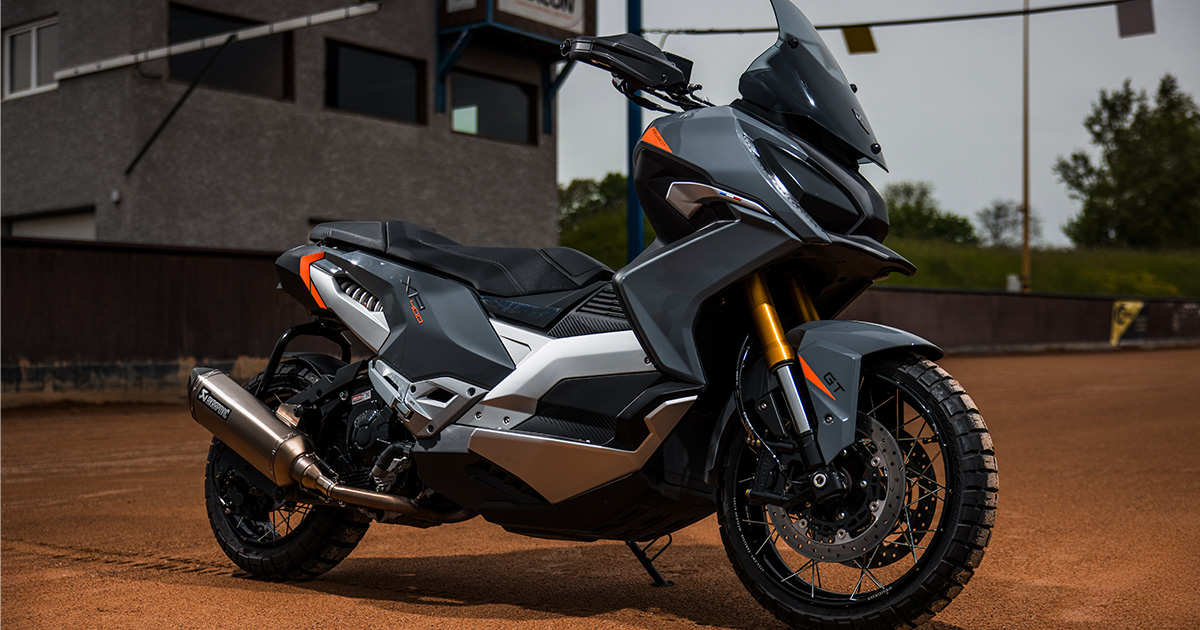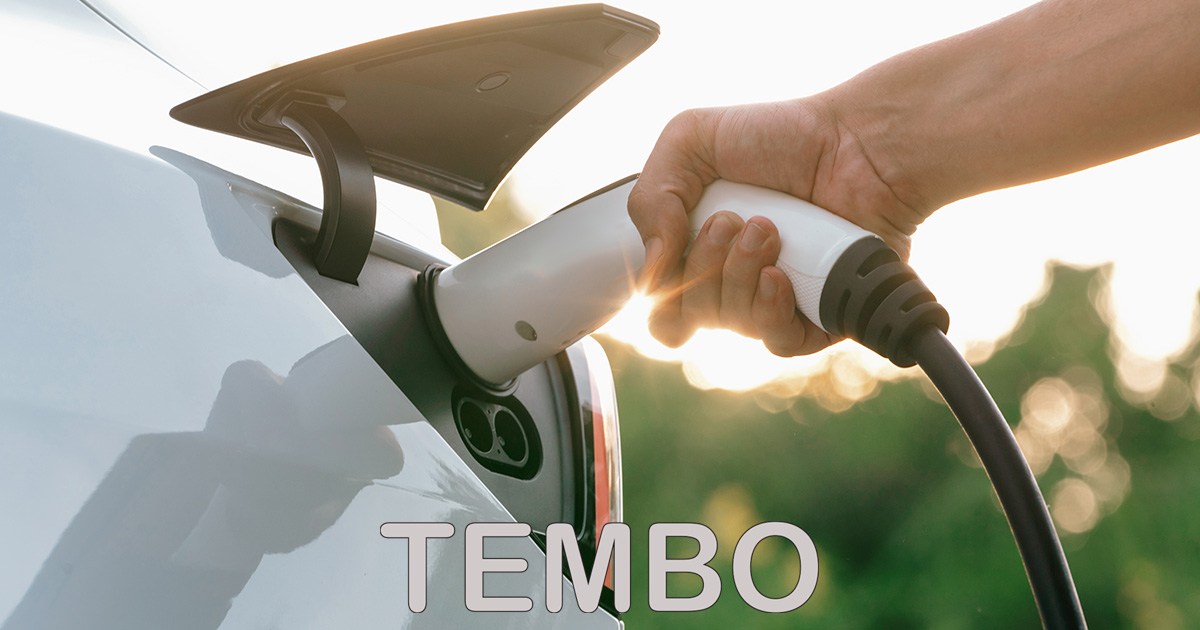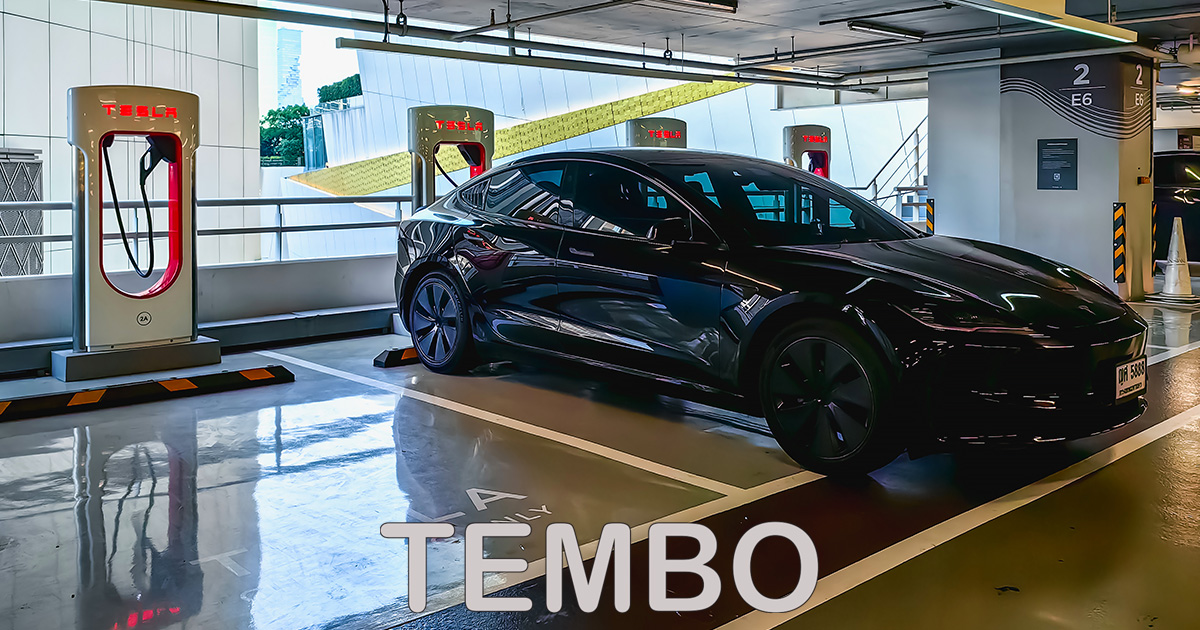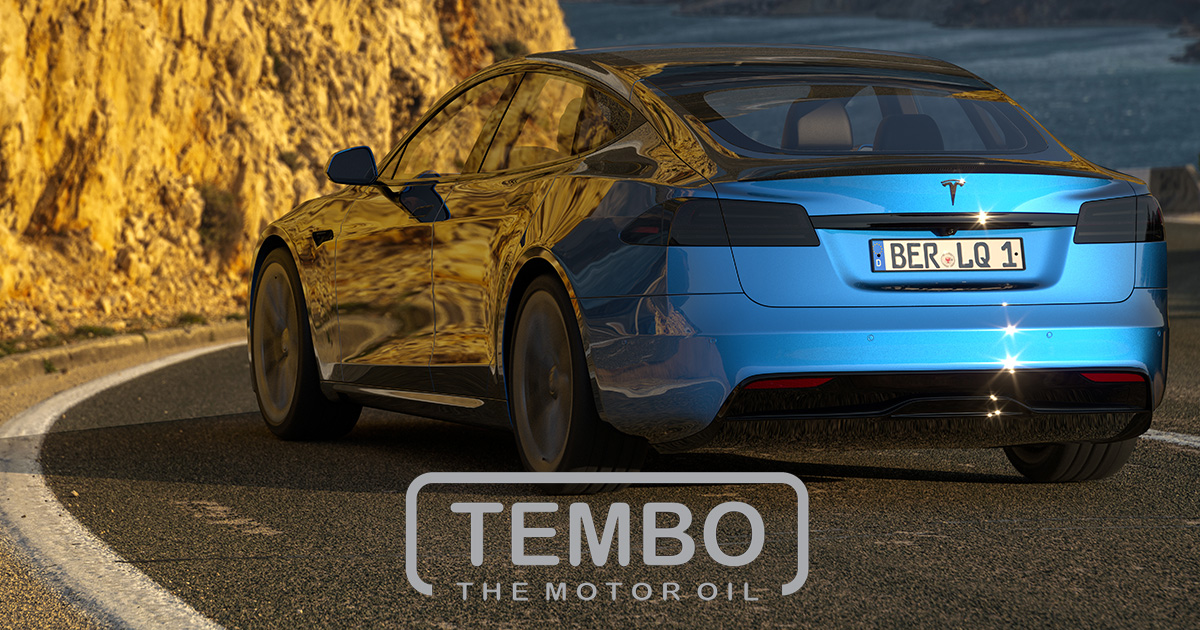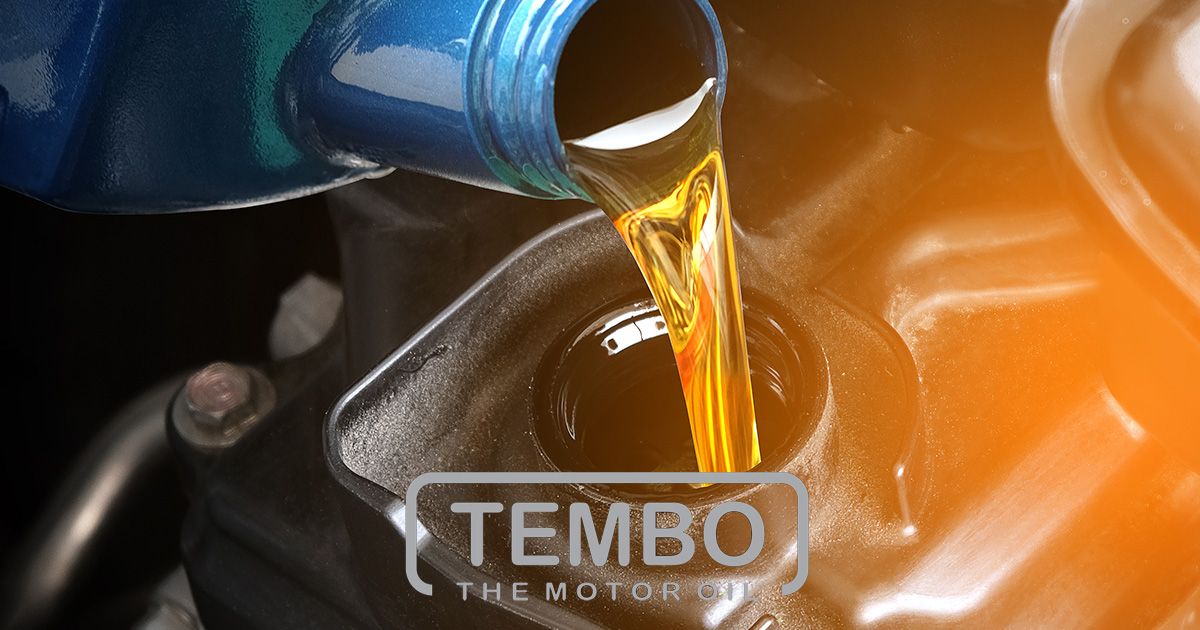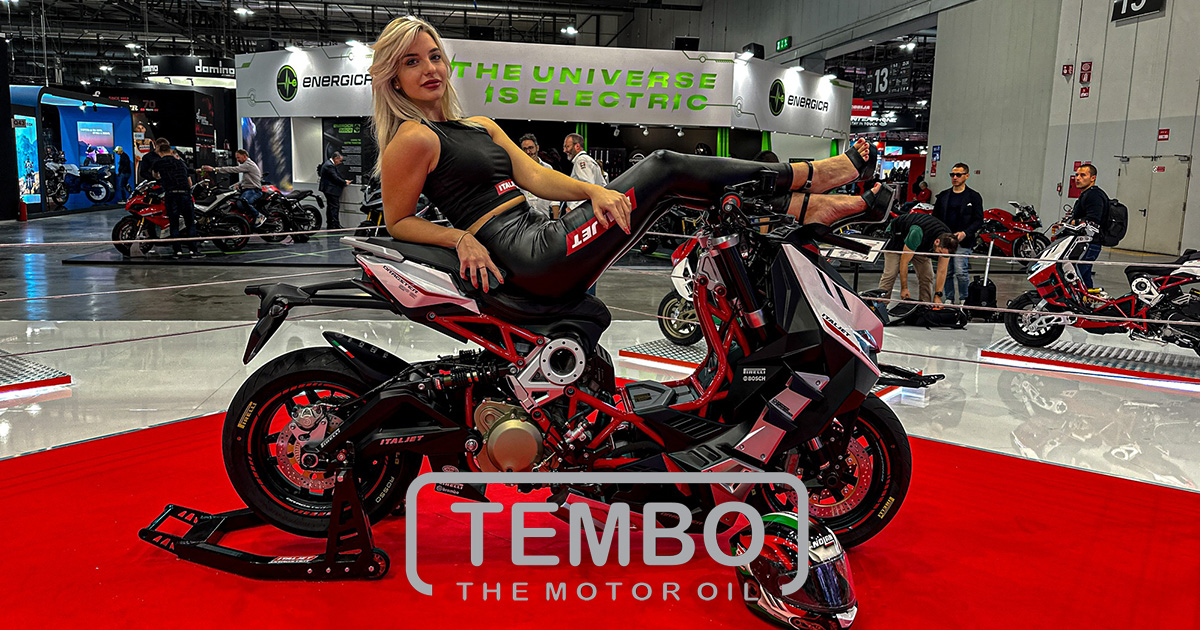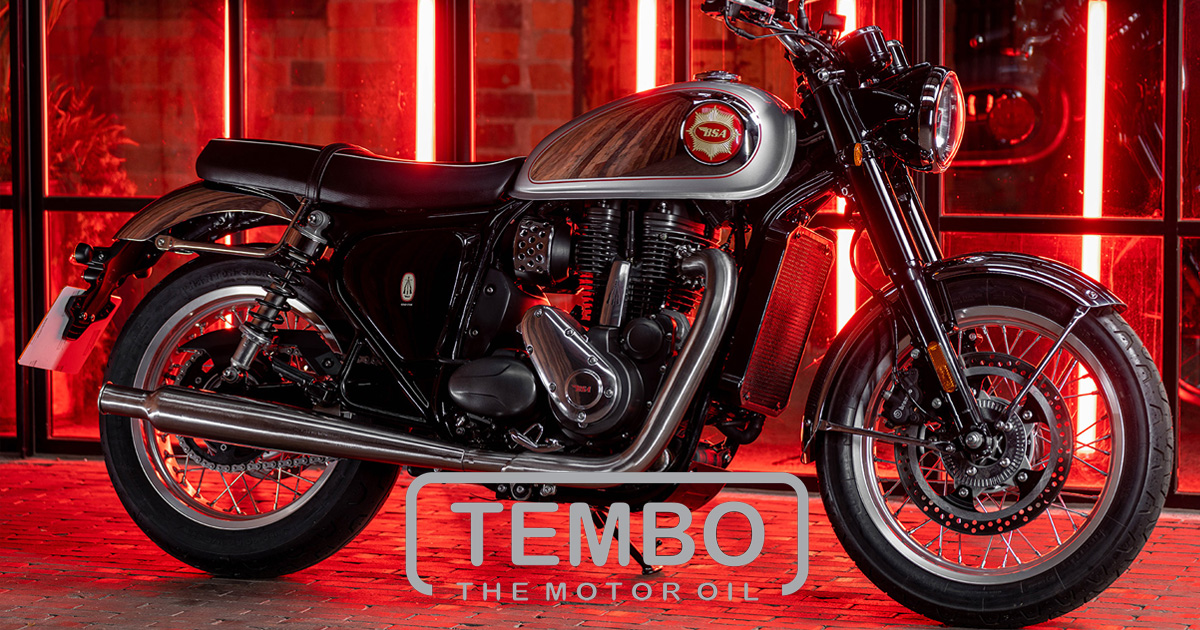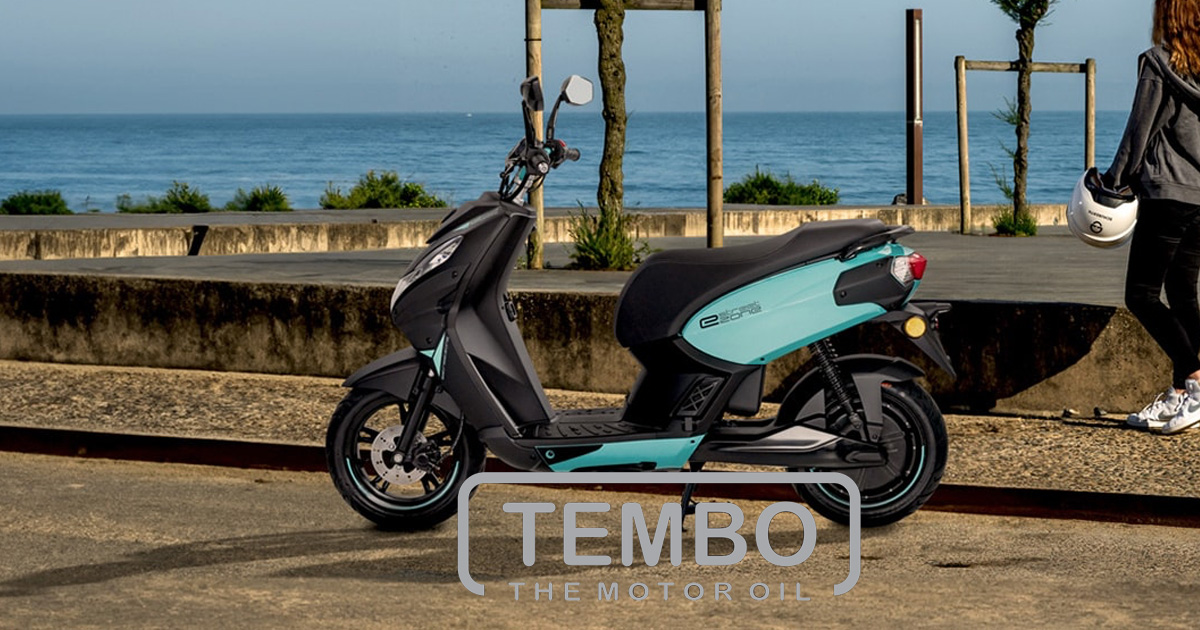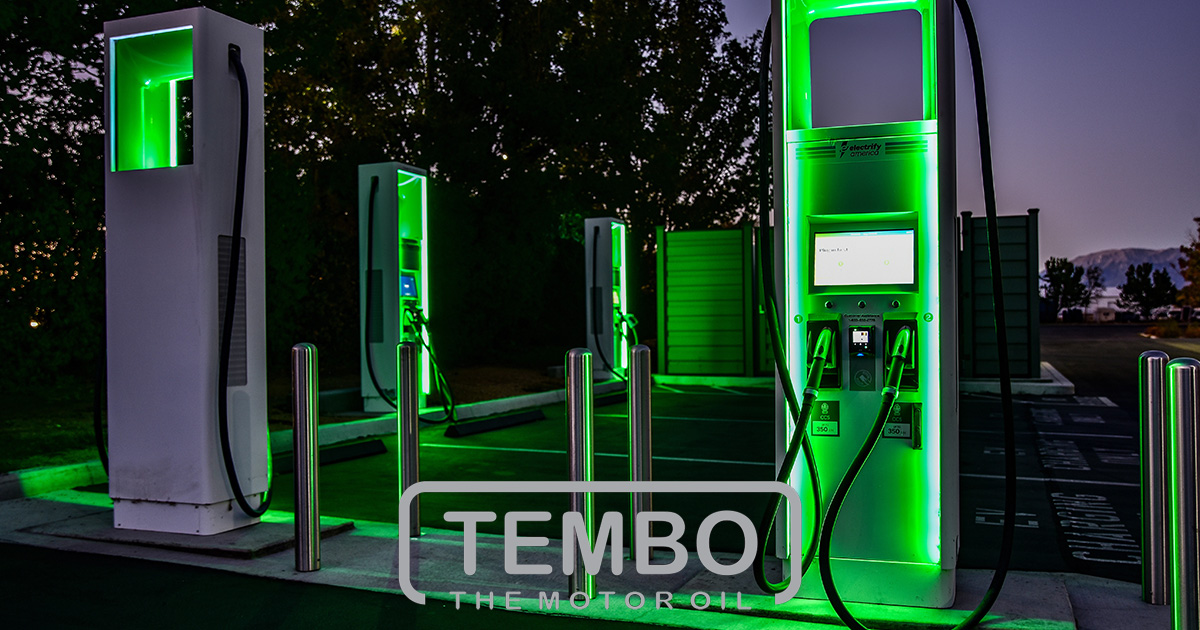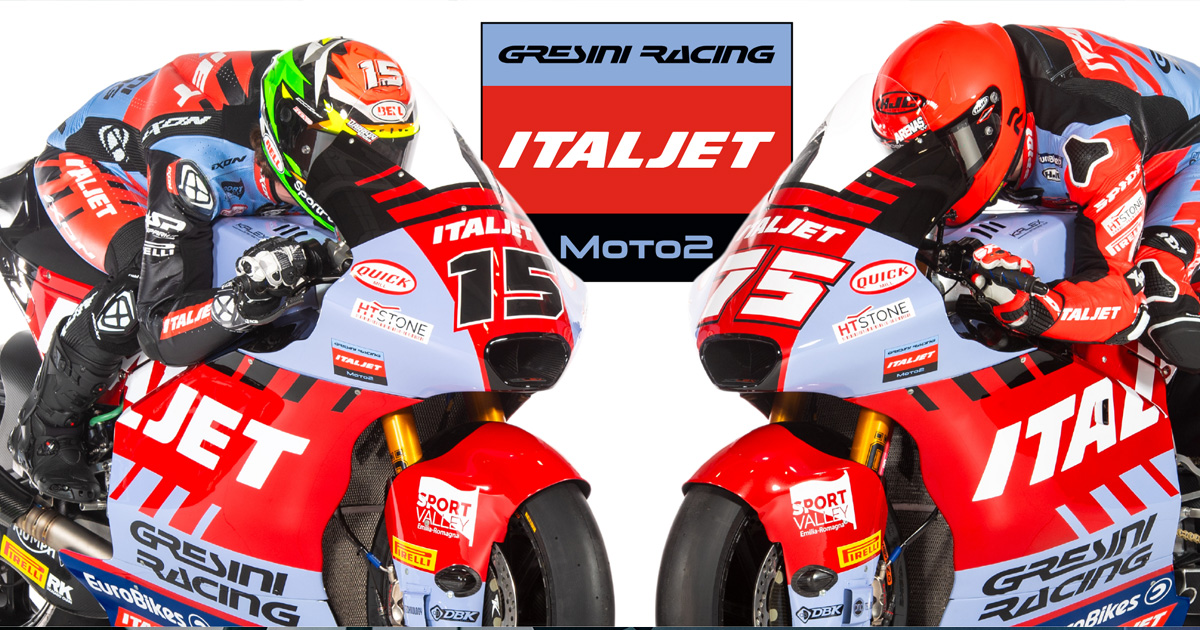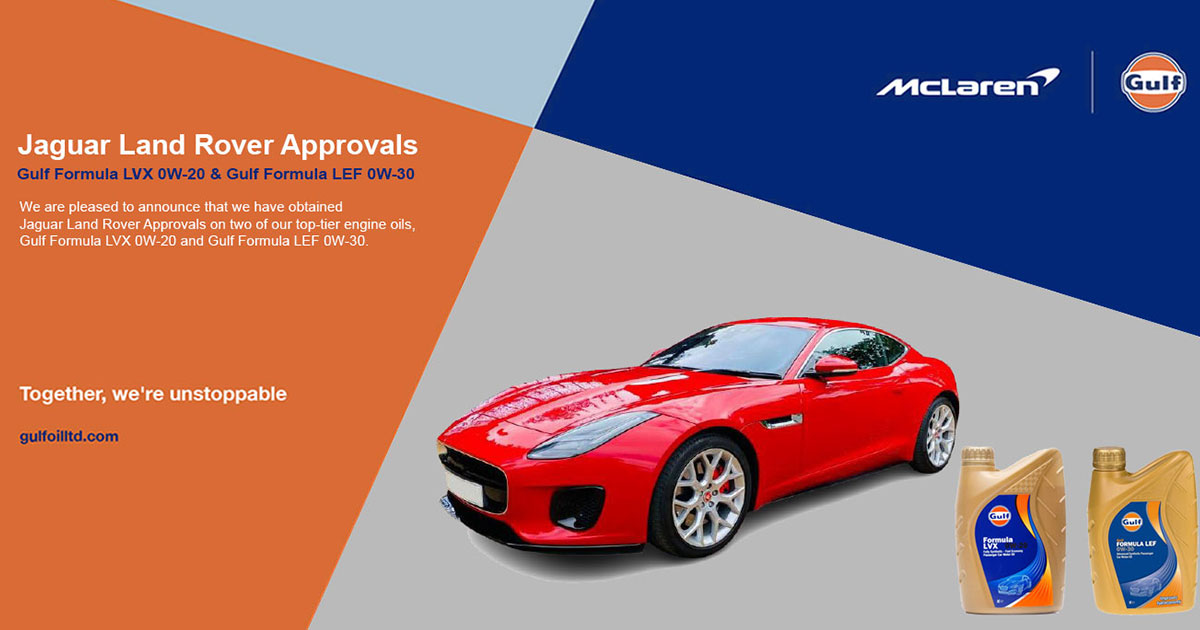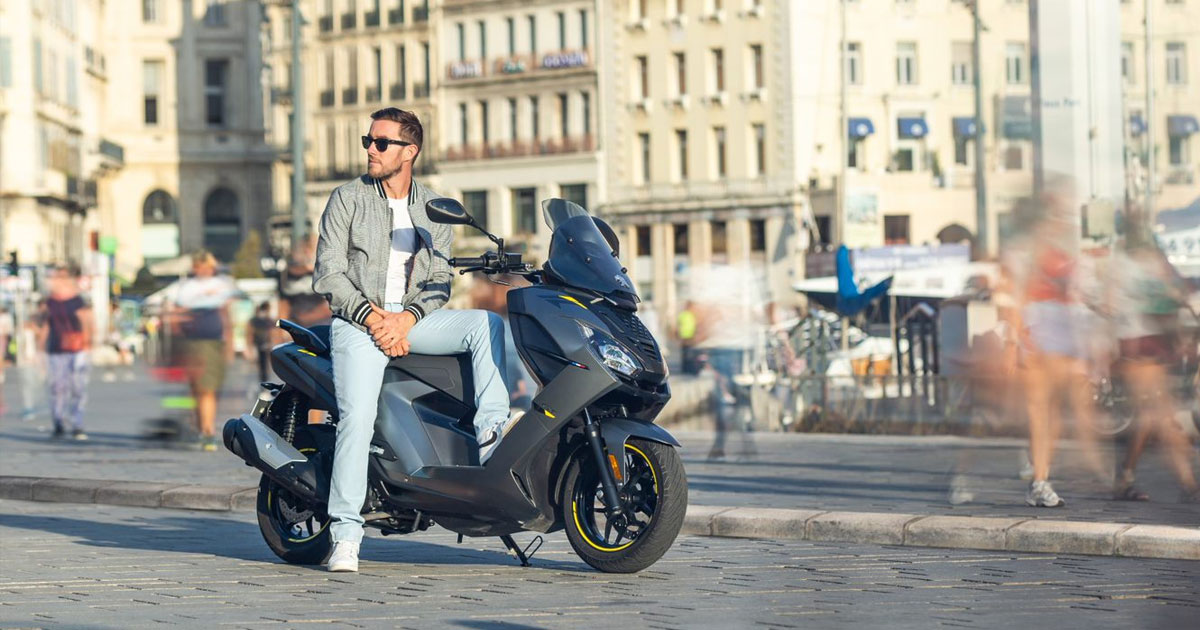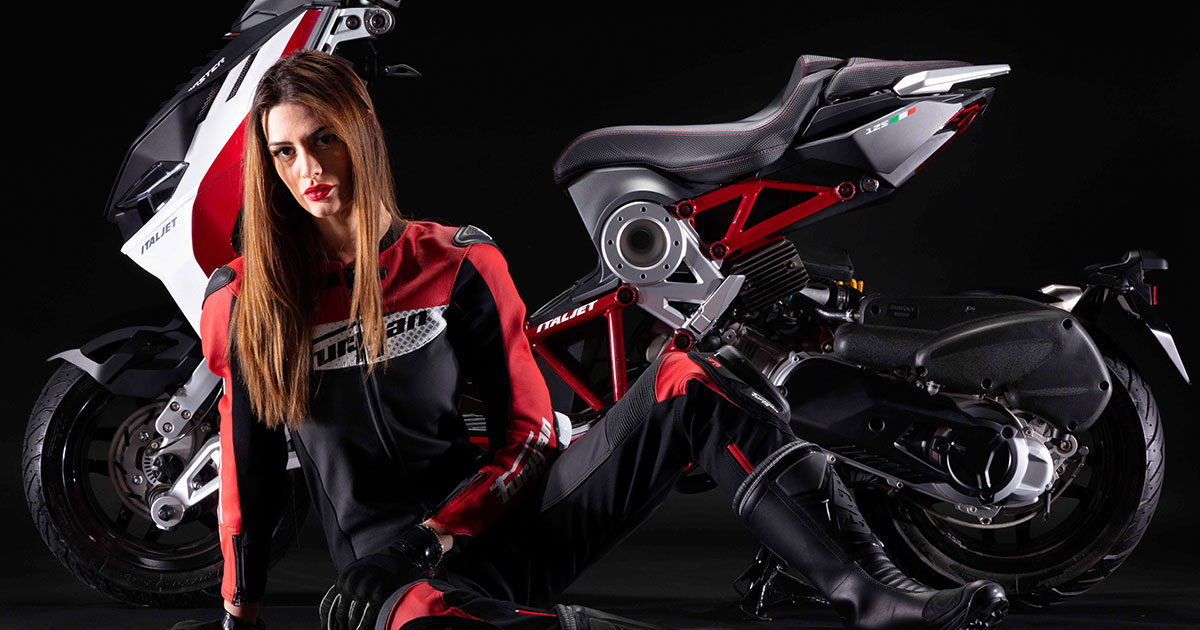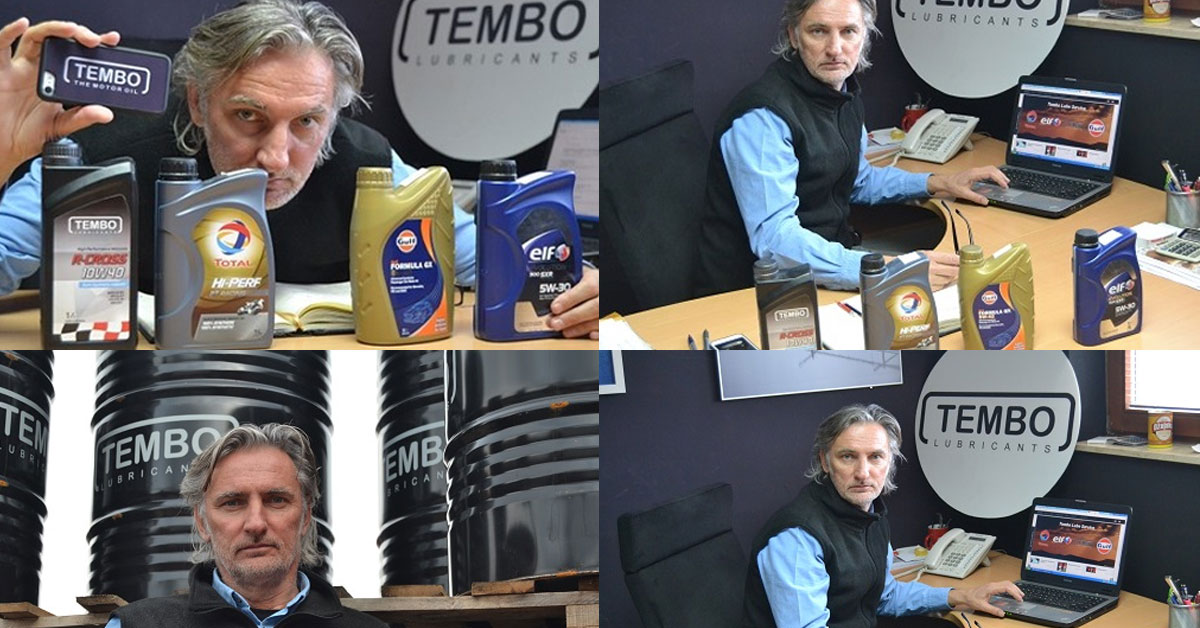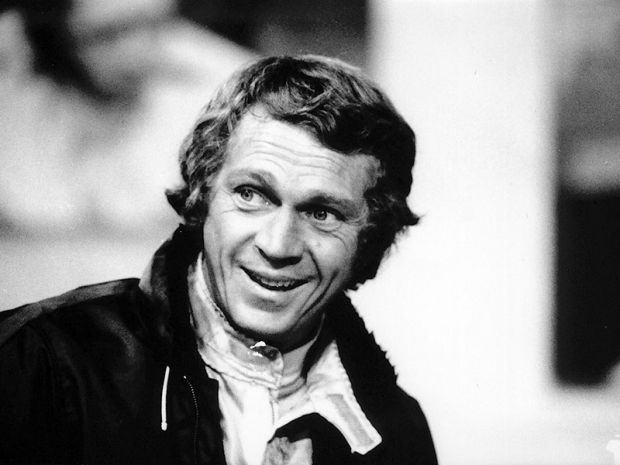
As public personas go, movie stars are often the people who give a face to the collective wishes of many and to societal change. In the rush for mobility in the sixties and seventies, when many dreamed of faster and faster modes of transport, it was Steve McQueen, one of the most popular Hollywood actors and prominent figures of that time, who embodied this new feeling. His victories on the track and on the screen as well as his private motorcycles, airplanes and sports cars all became great symbols of social mobility and success.
His little, mocking smile and his deep blue eyes said it all. Like his beloved race cars whose hoods were scarcely able to hide their powerful engines, so to were his clothes unable to hide the power that lied beneath them. With few words, McQueen could say a lot, a testament to his style and his complex range of emotions. He brought a unique blend of concentration, casualness and command as well as virility to the silver screen. The press, not surprisingly, gave him the honorary title of the King of Cool.
Steve McQueen’s passion for racing came from a yearning that drove a whole generation that he became a symbol for. „I don’t know why I am so famous,“ he said honestly. “Maybe it is because people can identify with me because I came from the gutter.“ Surely, some of the reason fans loved him was due to his unbridled daring which he drove him to racing in the first place. He was the embodiment of the archetypical male hero of the middle of the twentieth century -- looking for freedom and adventure.
In 1957, Steve McQueen again got an itch, this time for racecars. His first Roadster, a Siata 208 S, was followed by a Porsche 356 Speedster, after that it was a Lotus Eleven and then the extremely rare Jaguar XK S5. For his 34th birthday his wife gave him a Ferrari 250 GT Lusso. Somewhat later he drove another exclusive Ferrari, the elegant 275 GTS/4 NART Spyder Cabrio. In 1969, McQueen expanded his Porsche collection with a 911S; and then later came a 911 Turbo.
On the racetrack, Steve McQueen drove the most highly sought after cars of his time. After he got a bit tired of his Porsche 356 and his 911, he started with a Cooper T52 in Formula Junior and also raced with an Austin-Healey Sebring Sprite, a Porsche 908 and 917 in various races. Also in desert races he was up front behind the wheel of the Hurst Baja boat, an off-road buggy made by Vic Hickey.
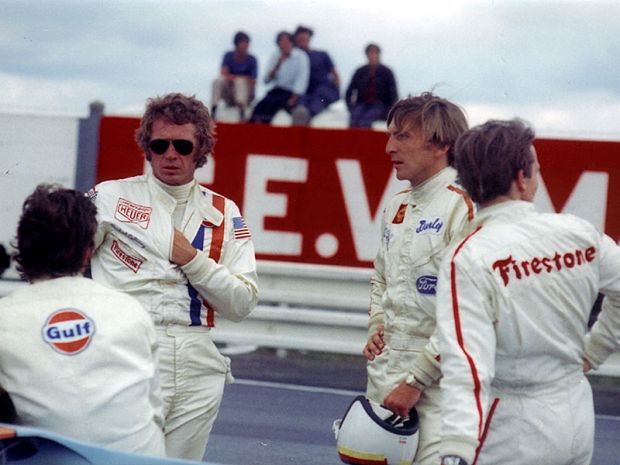
Those weren’t the only bullets in his magazine. McQueen always had a Mini Cooper S, like every star at that time, as well as a VW Bug, a Mustang and a Corvette. For longer off-road jaunts he took on the services of a Jeep with a Chevy-V8 and a Land Rover as well as several pick-ups from GMC, Chevrolet or Ford, with which he could drive around on his ranches in Santa Paula, California or in Ketchum, Idaho. In the city, he liked to cruise around in a four-door Cadillac or a ’57 Chevrolet Bel Air convertible, a comfortable Hudson Wasp Coupè or a Cadillac Series 62. He followed up an Excalibur with a Mercedes 280 SE 3.5 convertible. For a short time he flirted with a Rolls-Royce Corniche convertible, yet McQueen’s favorite cruising sedan was his Mercedes 300 SEL 6.3.
In order to understand his obsession, that affect that hitting the gas pedal has on some of us, try thinking of a car as a means of stepping outside of oneself, as a way of fulfilling a kind of metaphysical need for spiritual development. “There is nothing as exciting as car racing and, in contrast to drug trips, you still can maintain your dignity,“ said Steve McQueen, who certainly knows what he is talking about, as he himself was no stranger to heavier drugs. Although his copilots and opponents described him as highly concentrated and perfectly prepared driver, McQueen was aware that such a passion does have its irrational side: ”When someone is so obsessed, he doesn’t listen to anyone, he is high on the roaring of engines.” In some way it was also a curse because on the race track you can literally leave all of your problems behind you.
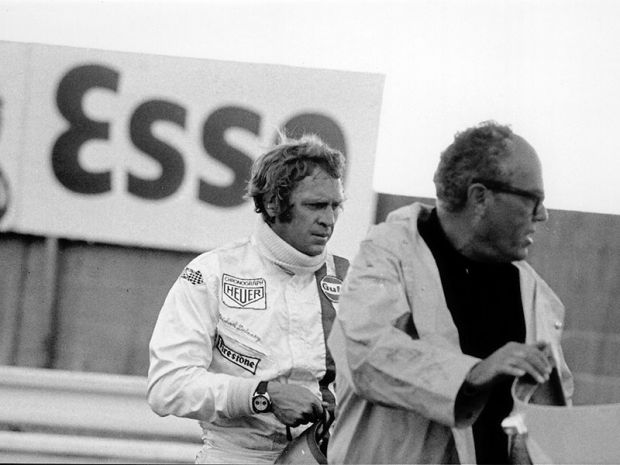
“I can only really relax when I am on a racing bike or flooring it in a sports car.“ McQueen once told journalists. His character in Thomas Crown, who could never be caught, also loved playing with danger: the scene in the movie in which Thomas Crown flies his glider fly right over the treetops, could have been taken right out of Steve’s private life. As the young woman waiting for him on the ground asks Crown why he choose to do the maneuver, Crown answers laconically, that he didn’t want to rack his brain. She answered amazed, “About what?” McQueen -- as Crown --answered with a mischievous look, “About who I want to be tomorrow.”
What the local and international moviegoers admired about Steve McQueen is not only his uncompromising will to progress, but also his self-confidence and willingness to set himself apart from the system and accept the challenge to compete where social classes played no role. “I love motor sport in all its variations. The guy next to me doesn’t care who the hell I am. He just wants to beat me.” To prove what he was capable of, McQueen was not afraid to take what is necessary when it comes to motorsport--risks.




